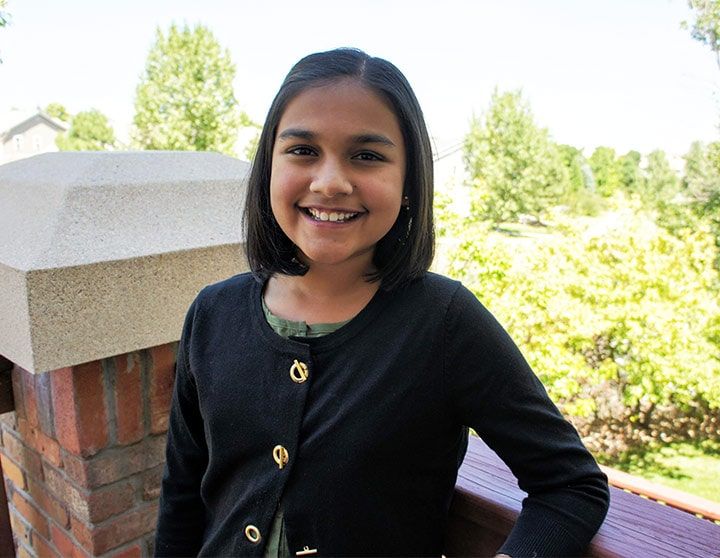Gitanjali Rao, a 12-year-old student, is America’s Top Young Scientist of 2017. Now that we’re all thinking about how big of a title that is, it’s her work that speaks much louder. She invented a device that detects the presence of lead in water. Moved by the scandal that happened in 2014-15 in Flint and Michigan, she named her device intelligently after the Greek Goddess of fresh water Thetys. There is much more to this invention and Gitanjali’s achievements, which she will also be speaking about at the #TEDxGateway happening in Mumbai this December! We too got some insiders and here they are.
Excerpts:
How was your experience during the three months you spent collaborating with scientists?
My experience during the three months was priceless! I had a lot of fun talking with my mentor, Dr. Shaffer as she gave me advice on how I can improve my device. Without the support from her and other professionals, I wouldn’t be where I am today.
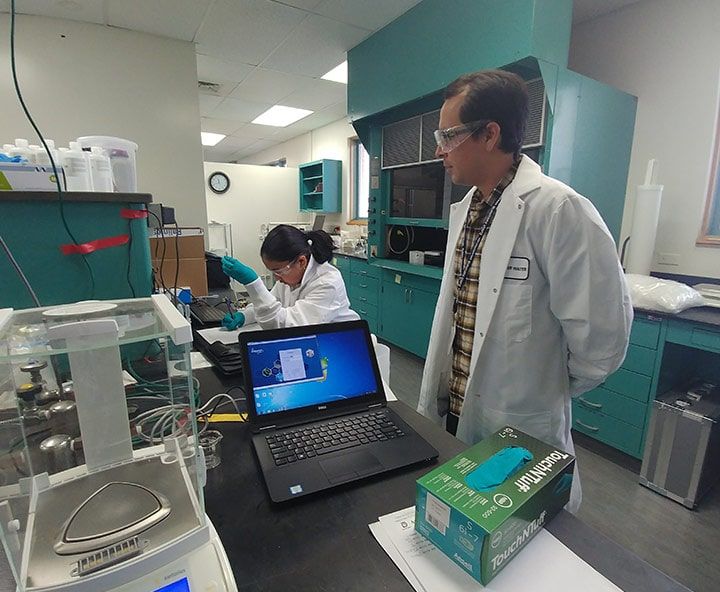
How does it feel to be America’s Top Young Scientist of 2017?
To be America’s Top Young Scientist of 2017 is an absolutely surreal experience and it has brought so many wonderful opportunities onto the table that I never thought I could be a part of. I am absolutely honored to be given this recognition.
At what age did you realise that you are meant to experiment and create something new?
I believe I realized when I was seven years old when I started learning about new technologies and how they work together. I knew I wanted to solve problems. While most of the problems I solved used science, there were others where I used art (writing or painting) to create awareness.
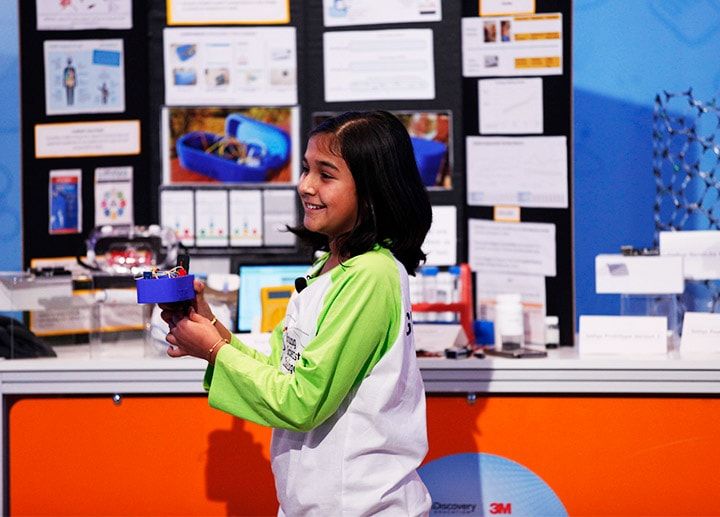
Did you feel sudden stardom and change of behaviour from friends and teachers after winning the competition and a prize money of $25,000?
My teachers, friends, and counselors have been supporting me throughout my whole scientific journey. After I won the Discovery Education 3M Young Scientist Challenge, my friends were ecstatic, they congratulated me and burst into an applause as soon as I entered the room. It was an absolutely amazing feeling!
Tell us a little more about THETYS. What does it do and how does it work? How did you come up with this name?
TETHYS is a device that detects lead in drinking water faster and cheaper than current methods out there today. It uses a carbon nanotube sensor technology and provides instantaneous results on a mobile phone. This is how it works: The disposable cartridge includes carbon nanotubes specially treated with chloride ions. When the cartridge is dipped into water containing lead, the lead in the water binds to the chloride ions, forming lead chloride molecules. This increases the amount of resistance to the flow of current and reduces the conductivity. I found that the conductivity drop is correlated to the severity of the lead compounds in the water. To make it easier for the user, I added an Arduino processor to measure all resistance and current values. I also added a Bluetooth extension to send the data to your mobile phone in the form of either ‘safe’, ‘slightly contaminated’, or ‘critical’.
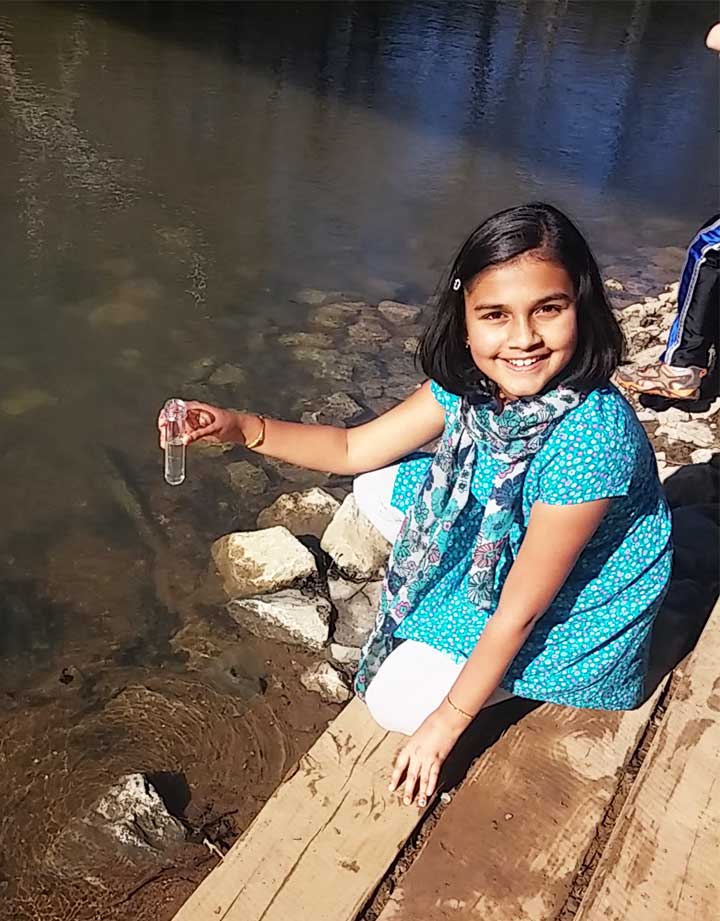
Where do you see TETHYS in the future?
With accuracy testing, I intend to create about 30-50 reproducible prototypes which can be used for field-testing starting with Flint. I already open sourced my analytics and sensor code for other projects and organizations to use. I hope to continue bringing awareness of water quality and hope to see the day where testing for water quality becomes a regulation, at least in schools.
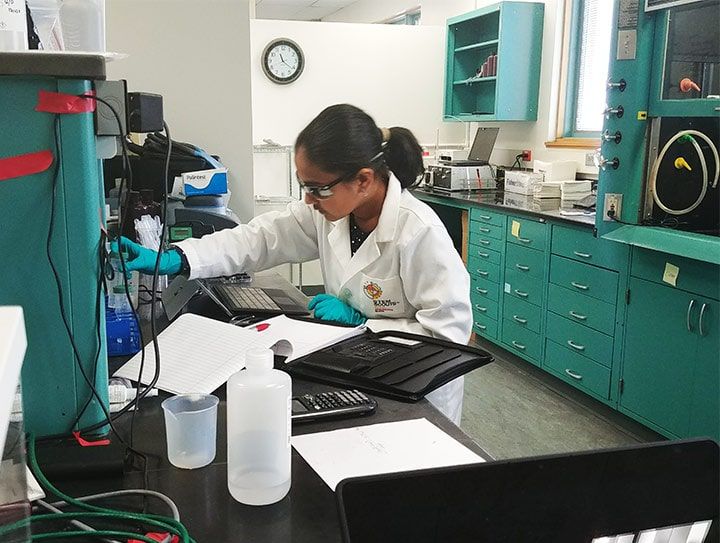
Was it difficult to manage studies and the competition? How did you handle both?
School and science were never separate for me. I always came home from school and on weekends, worked on different things to learn something new. Competitions were always an extension of school and my teachers guided me by either providing access to 3D printers or labs to perform my tests.

